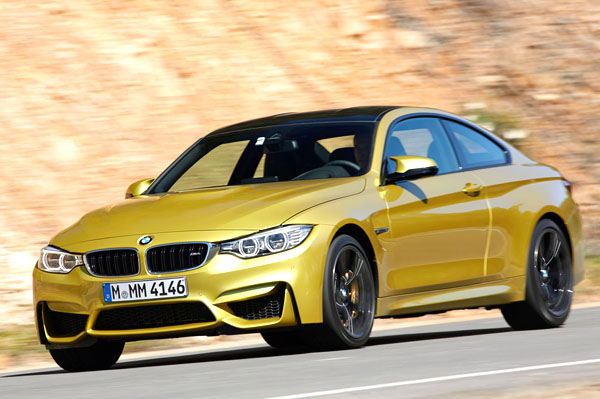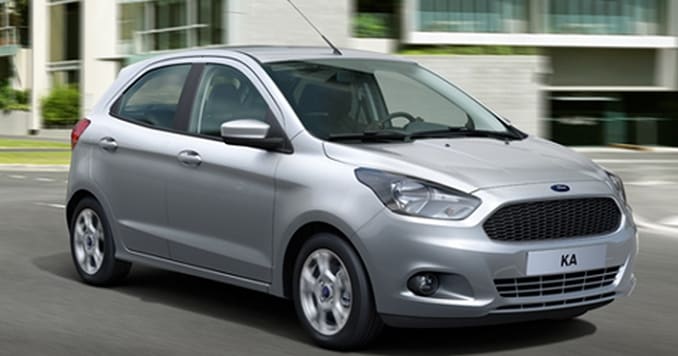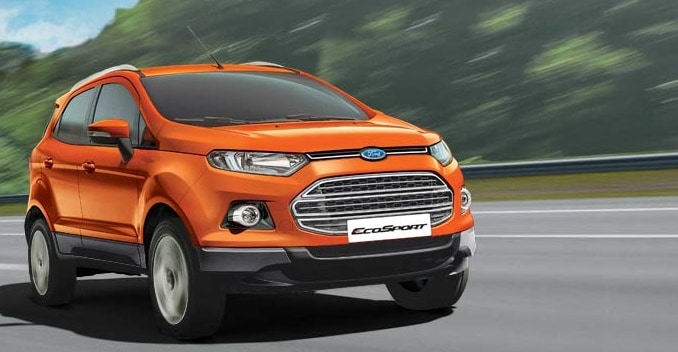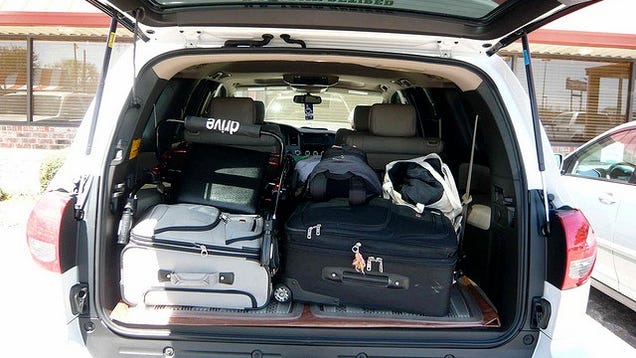Brake-horsepower, naught-to-hundred numbers, performance body-kit - are you the kind that indulges in such stuff? Are you that loony-head who spots a curving section on the road and decides to dial in more revs and attack it? If you are, then you'll like the fact that the three cars that we have gathered here are trying to march towards the 'hot-hatch' spectrum. You could argue that Volkswagen already has two cars that would fit the tag - Polo GT TSI and GT TDI, but that's for another day.
Between Vikas, Kritika and I, we've been driving each of these cars for over a month - swapping the keys, and keeping the odometer count ticking. Let me tell this to you right at the outset - we didn't share notes until the very last moment to maintain complete transparency towards our respective results and opinions. However, when we did, it was startling to note that the final outcome was pretty much the same.
Lest I amass hate-comments, let me clarify that looks of a product is a very subjective thing and you're entitled to your choices. For me though, the Punto just doesn't work somehow. It is the most noticeable of the three here - and that's not just because it wears yellow all over itself, but also because of its obnoxious front-end design and the forced chrome on its posterior.
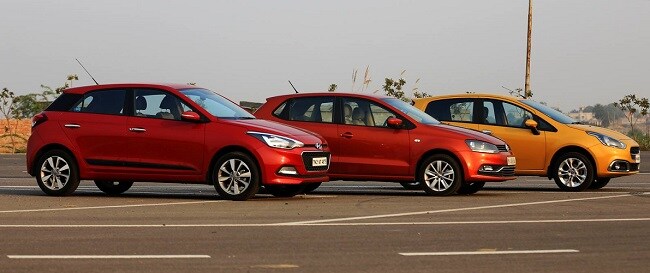
The Punto EVO gets its drive from a 1.3-litre MultiJet diesel engine that Fiat supplies to many other car makers. Surprisingly, Fiat's customer-companies do a better job of noise insulation. In the Punto EVO, this diesel unit makes a really loud racket. You may even say it sounds very raw. Now, I like raw in my mechanical companions; but it's not really a pleasant experience and you keep praying that the Gods of all-things-motoring would make this thing die instantly. And if that wasn't enough, the gearbox feels like its fed gluten and the shifts have a really artificial, rubbery feel to them. I'm not saying the shift quality isn't slippery enough - it is, but the experience lacks the feeling of it being a satisfying event in the process of driving.
The Punto EVO isn't really unadorned - it gets a lot of equipment, but it's still not as feature-rich as the i20 is, but that's not the point of this comparison - this is mainly about driving dynamics. The Punto EVO is the most powerful here and it shoots off the line fairly swiftly, but the suspension is absolutely absurd. I was pushing the car around the same sections of the road as I was the other two - the i20 and Polo - and the Punto EVO displayed extreme eagerness to hopping on the road. It felt as if the suspension was always too busy doing something-or-the-other; it never felt settled and composed. And that prevented the Punto EVO from being a committed and fun car. That made it oddly anxious. That's not a good Brake-horsepower, naught-to-hundred numbers, performance body-kit - are you the kind that indulges in such stuff? Are you that loony-head who spots a curving section on the road and decides to dial in more revs and attack it? If you are, then you'll like the fact that the three cars that we have gathered here are trying to march towards the 'hot-hatch' spectrum. You could argue that Volkswagen already has two cars that would fit the tag - Polo GT TSI and GT TDI, but that's for another day.
Between Vikas, Kritika and I, we've been driving each of these cars for over a month - swapping the keys, and keeping the odometer count ticking. Let me tell this to you right at the outset - we didn't share notes until the very last moment to maintain complete transparency towards our respective results and opinions. However, when we did, it was startling to note that the final outcome was pretty much the same.
Lest I amass hate-comments, let me clarify that looks of a product is a very subjective thing and you're entitled to your choices. For me though, the Punto just doesn't work somehow. It is the most noticeable of the three here - and that's not just because it wears yellow all over itself, but also because of its obnoxious front-end design and the forced chrome on its posterior.

The Punto EVO gets its drive from a 1.3-litre MultiJet diesel engine that Fiat supplies to many other car makers. Surprisingly, Fiat's customer-companies do a better job of noise insulation. In the Punto EVO, this diesel unit makes a really loud racket. You may even say it sounds very raw. Now, I like raw in my mechanical companions; but it's not really a pleasant experience and you keep praying that the Gods of all-things-motoring would make this thing die instantly. And if that wasn't enough, the gearbox feels like its fed gluten and the shifts have a really artificial, rubbery feel to them. I'm not saying the shift quality isn't slippery enough - it is, but the experience lacks the feeling of it being a satisfying event in the process of driving.
The Punto EVO isn't really unadorned - it gets a lot of equipment, but it's still not as feature-rich as the i20 is, but that's not the point of this comparison - this is mainly about driving dynamics. The Punto EVO is the most powerful here and it shoots off the line fairly swiftly, but the suspension is absolutely absurd. I was pushing the car around the same sections of the road as I was the other two - the i20 and Polo - and the Punto EVO displayed extreme eagerness to hopping on the road. It felt as if the suspension was always too busy doing something-or-the-other; it never felt settled and composed. And that prevented the Punto EVO from being a committed and fun car. That made it oddly anxious. That's not a good thing. On the whole, I have to say, the Punto EVO has a rather good engine; but there's not much else to it.
When Hyundai introduced its refreshed i20, I was very surprised by it. Seemingly, the company had sorted most of the issues that crippled the previous model and the 'newer' i20 promises to be a much more composed and sorted driving experience. To be honest, it does come very close to all its claims - it really has become an extremely sorted product now.
One problem is that the seats are quite silly and don't hold you well when you're going rapidly around a bend. The other problem is the suspension - it's soft and though it is good at soaking in the bumps, it's really not well-suited for animated driving.
But Polo's biggest problem is the i20. In a car that costs about 8 lakh rupees, you can't ignore the manual controls for things that you expect to be electronically operated - electronically folding rear view mirrors for instance. There's not even an auto-dimming option for the inside rear view mirror - that's really pushing the boundaries. However, the Polo comes with airbags as standard across the variant list, and I think I can live with the other controls being manual if I get safety items like ABS and airbags. thing. On the whole, I have to say, the Punto EVO has a rather good engine; but there's not much else to it.
When Hyundai introduced its refreshed i20, I was very surprised by it. Seemingly, the company had sorted most of the issues that crippled the previous model and the 'newer' i20 promises to be a much more composed and sorted driving experience. To be honest, it does come very close to all its claims - it really has become an extremely sorted product now.
One problem is that the seats are quite silly and don't hold you well when you're going rapidly around a bend. The other problem is the suspension - it's soft and though it is good at soaking in the bumps, it's really not well-suited for animated driving.
But Polo's biggest problem is the i20. In a car that costs about 8 lakh rupees, you can't ignore the manual controls for things that you expect to be electronically operated - electronically folding rear view mirrors for instance. There's not even an auto-dimming option for the inside rear view mirror - that's really pushing the boundaries. However, the Polo comes with airbags as standard across the variant list, and I think I can live with the other controls being manual if I get safety items like ABS and airbags.









